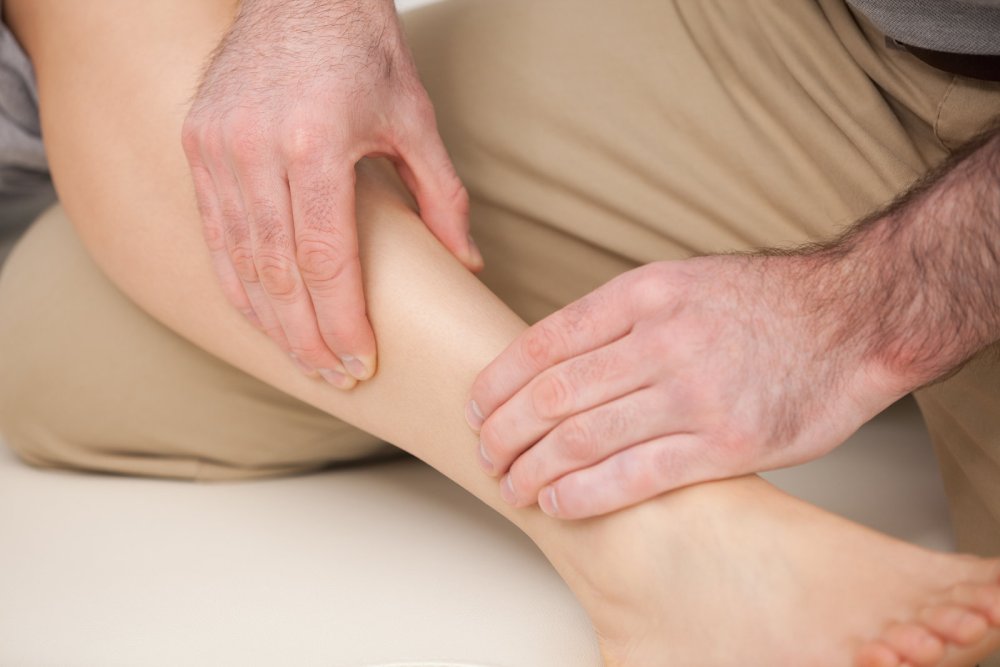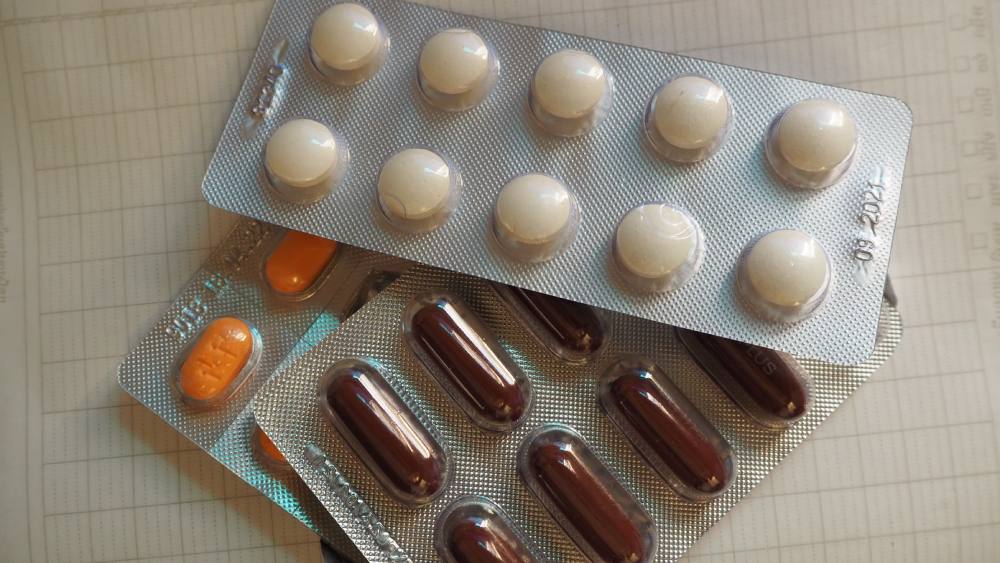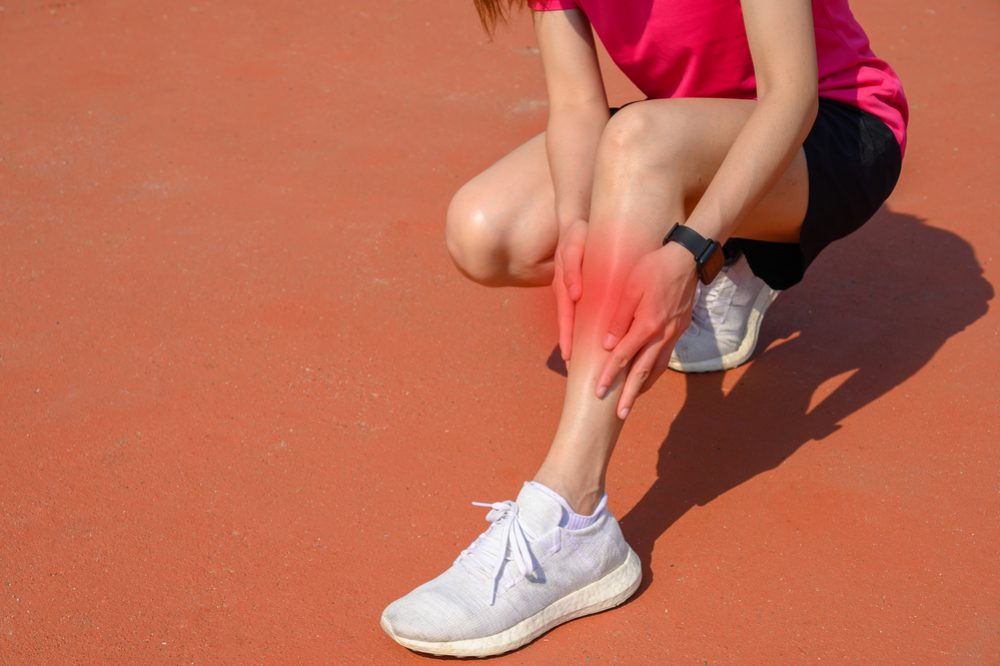One of the downsides of running is getting shin splints, so why do runners get shin splints in the first place?
Running can be an incredibly rewarding exercise experience that many people grow to love, but shin sprints are a real pain. Shin splints are the result of repeated stress to your shin bone.
So, what else causes shin splints, and how do you prevent them?
Contents
What Causes Shin Splints?

Shine splints are caused by repeated stress to your shin bone via the tugging and pulling of connective tissues and muscles in the lower front leg. As this repetitive pressure continues from the activity of jumping and running, it can cause your shin bone to develop inflammation and become weakened.
When your shin bone isn’t given proper time to heal, the damage typically gets worse, causing extreme pain. Anyone who begins running or accelerates their pace too quickly may encounter shin splints. It’s mainly runners who push their bodies too quickly before they’ve developed a strong enough supportive muscle structure to help relieve stress on certain parts of their legs.
You might find our explainer on what does PR stand for in runner helpful.
Stress Fractures
In some cases, a shin splint might develop into a more serious issue if runners continue to ignore rest. In those cases, runners can develop stress fractures, which are tiny cracks in the shin bone.
Like shin splints, stress fractures are caused by respective forces, leading to overuse that puts too much pressure on a specific area. Those who’ve had leg injuries such as broken legs, especially broken shins, are more likely to develop stress fractures. Recovery from stress fractures can take between six to eight weeks.
You might find our explainer on is running better than walking helpful.
Other Factors That Can Cause Shin Splints
There are other scenarios in which even experienced runners may encounter shin splints, such as when running on uneven surfaces. Those who play contact sports may also experience this issue. Shin splints are common among dancers, such as those practicing ballet.
Runners with high arches, flat feet, or rigid arches are also prone to shin splints. In those situations, the bones and muscles cannot distribute or absorb the force from the impact of a footfall.
Shin splints are common in the military, especially among members in basic training or other programs where they must march frequently. Those who wear footwear that does not offer enough support while exercising can also develop this ailment, which is also experienced by anyone who walks long distances, no matter what footwear they use. People with medical conditions such as osteoporosis, osteopenia, eating disorders, loss of normal menses, or vitamin D deficiency are also more prone to developing shin splints.
You might also be interested in learning how runners prevent chafing.
Managing Shin Splints

As for how to deal with shin splints when they occur, in many mild cases in which a runner encounters a shin splint at the beginning of their run, a certain amount of pushing through it until your body gets warmed up will do the trick.
However, for persistent shin splints, one could do a few things, such as icing the inflamed shin for 15 minutes about three times daily. Over-the-counter medications such as ibuprofen and aspirin can help relieve pain.
It’s important to ice your shin right away after completing your run. You may need to cut back on or stop running for a while to aid your recovery. In more severe cases, recovery can take two to four weeks. You might find our guide on how to tape a knee for running helpful.
Preventing Shin Splints
You can try new running shoes. If you find yourself getting a lot of shin splints, it may be a good idea to visit a sports shop and allow an expert to analyze your gait. You can try adding arch support, or a shoe that limits pronation could be what you need.
You can also increase your vitamin D and calcium intake. Taking around 400 micrograms of vitamin D and 1,300 milligrams of calcium daily may reduce your chance of shin splints. You can also get these nutrients by consuming yogurt and milk.
Following the 10% rule may help. This rule says you should never increase your weekly mileage by over 10%.
Training your core and hips can make you a stronger runner while improving your body mechanics and footstrike.
By shortening your running stride, you can develop better side mechanics since you’re putting less load on your knees, feet, and shins. One way to do this is by counting your footstrikes on one side for one minute. A decent goal to aim for is about 85 to 90-foot strikes of one foot every minute.



